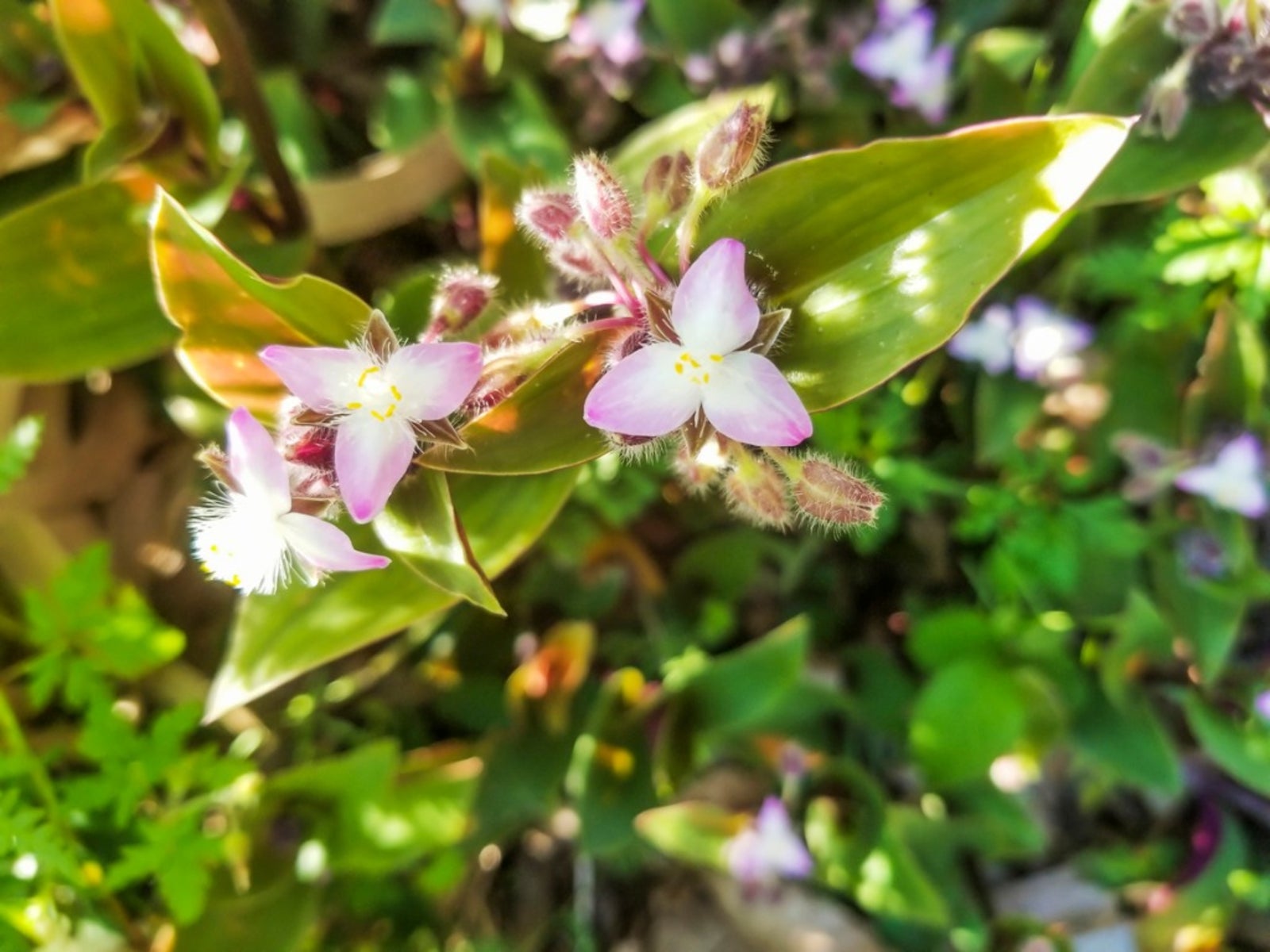Killing Inch Plants: How To Get Rid Of Inch Plant Weeds In The Garden


Inch plant (Tradescantia fluminensis), not to be confused with its attractive and more well-behaved cousin of the same name, is a decorative groundcover native to subtropical Argentina and Brazil. While it can make for a striking addition to your garden, it is extremely invasive in many places and should be treated with caution. Keep reading for information about inch plant and, specifically, how to get rid of the stuff.
Inch Plants in the Garden
Inch plant thrives in USDA zones 9 to 11. It can withstand a very light frost, but nothing more. It can be used as a groundcover or encouraged to cascade down ledges to form an attractive curtain that produces small white blossoms. If you really want fluminensis inch plants in the garden, opt for the “Innocence” variety that has been bred to be less invasive and more attractive. Planting it is not recommended, however, since once it’s taken root, you will be seeing a lot of it. This particular inch plant can be identified by its glossy, bright green leaves encircling a single stem. From spring to fall, clusters of white, three-petaled flowers appear in the top of the stem. It is most likely to appear in large patches in damp, shady parts of your garden or backyard.
How to Get Rid of Inch Plant Weeds
The inch plant weed is a serious problem in Australia, New Zealand, and the southern United States. It is fast growing and rarely propagates by seed. Instead, a new viable plant can grow from a single stem fragment. It is because of this, removing inch plants by hand-pulling is only effective if every piece is collected and removed, making killing inch plant in its entirety difficult. This process ought to work with diligence and persistence, however. The stems float, too, so take extreme care if you are working near water, or your problem will crop up all over again downstream. Killing inch with a strong herbicide may also be effective, but should only be used as a last resort.
Sign up for the Gardening Know How newsletter today and receive a free copy of our e-book "How to Grow Delicious Tomatoes".

The only child of a horticulturist and an English teacher, Liz Baessler was destined to become a gardening editor. She has been with Gardening Know how since 2015, and a Senior Editor since 2020. She holds a BA in English from Brandeis University and an MA in English from the University of Geneva, Switzerland. After years of gardening in containers and community garden plots, she finally has a backyard of her own, which she is systematically filling with vegetables and flowers.